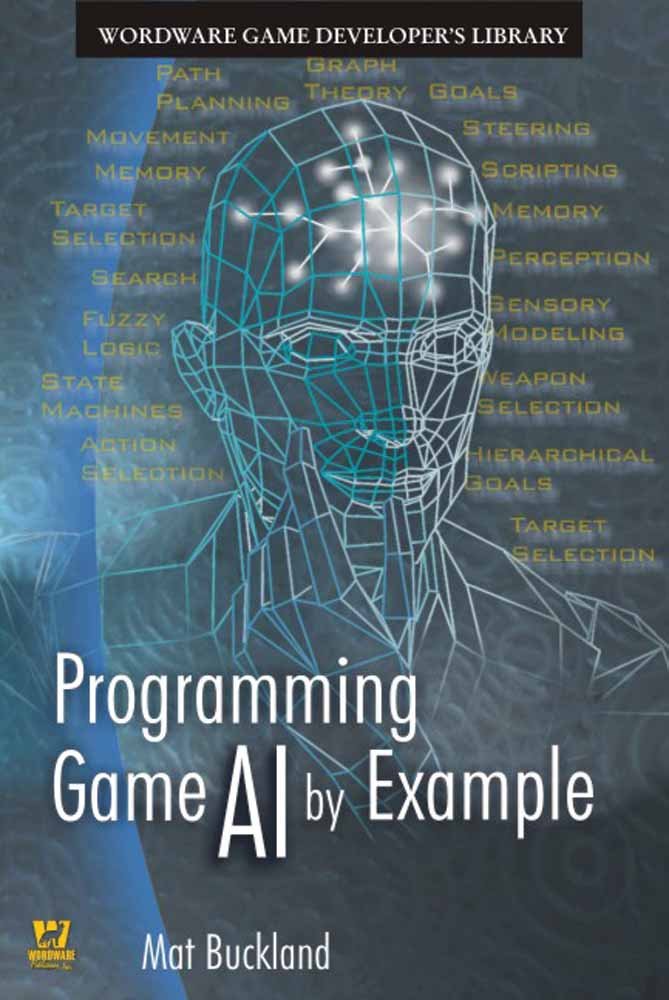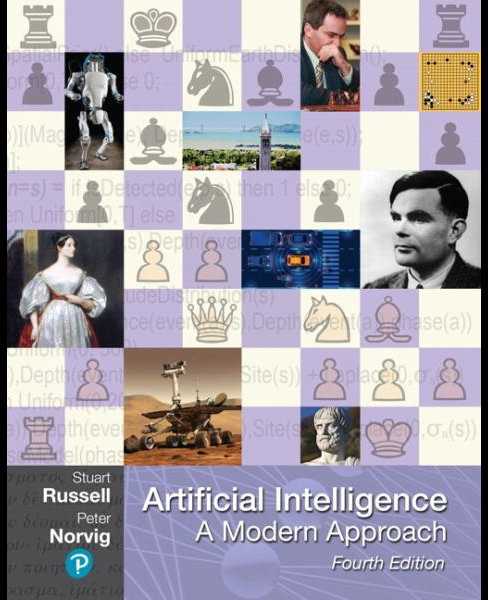AI introduction
Game AI
Classic Game AI has something to do with scripting, a lot to do with state machines, even more to do with map analysis, and not a lot to do with AI field.
It's not that we can't get good behavior out of machine learning techniques. It's that it may not be the behavior we want for the game experience we are looking for.Jacob Schrum
Artificial Intelligence in Games
- A broad set of principles that generate behaviors, providing an illusion of intelligence
- Should be sophisticated enough to make the players think they interact with something intelligent
- Realistic AI isn't necessarily fun for players
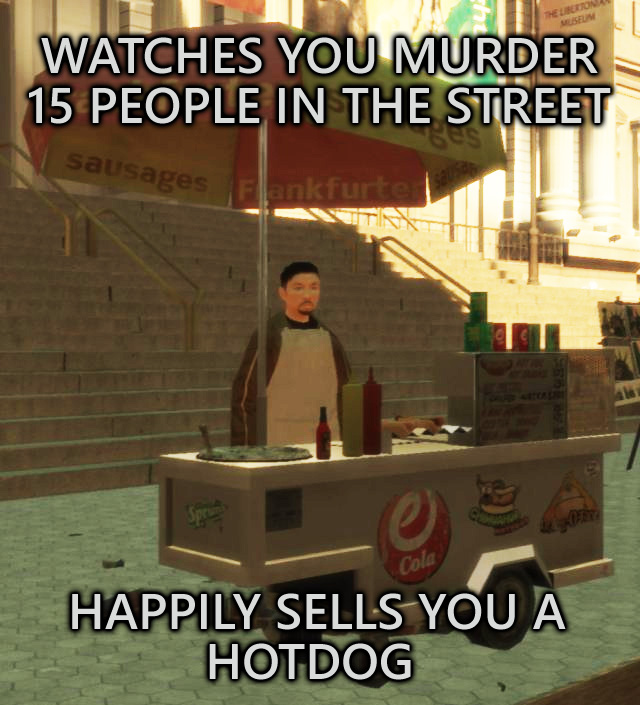
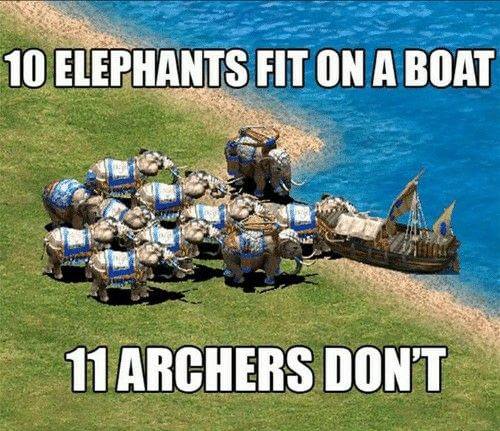
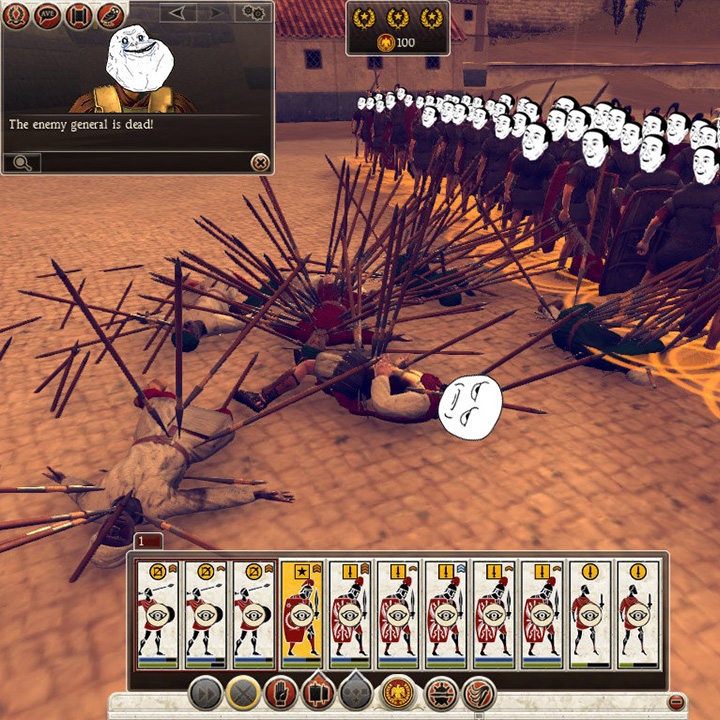
AI Techniques
AI in games
Doom 1 (1993)
- monsters infighting (two AI characters encounter each other)
- state machines, intelligent map (SPECIAL attribute of map lines)
Age of Empires (1997)
- AI is smart enough to find and revisit other kingdoms, poor in self-defense
Half-life (1998)
- monsters can hear and track players, flee when getting defeated etc.
- soldiers had automated announcement system, ability to cover
Starcraft (1998)
- particle model for hidden units' position estimation
Unreal Tournament (1999)
- Bayesian networks
Quake III (1999)
- HFSM for decisions, AAS (Area Awareness System) for collisions and pathfinding
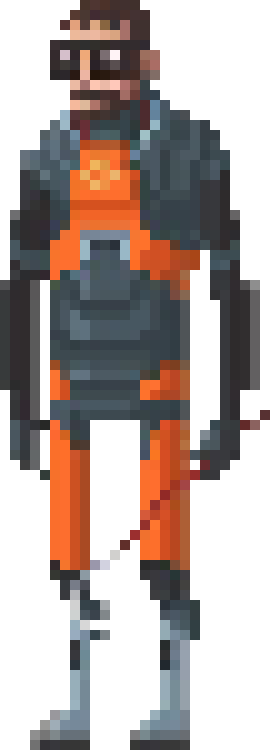
AI techniques in games
Black and White (2001)
- scientific-based Belief-Desire-Intention model
Halo 2 (2004)
- behavior trees and fuzzy logic
F.E.A.R. (2005)
- GOAP for tactical coordinating with squad members, suppression fire, blind fire
XCOM: Enemy Unknown (2012)
- utility-based system, measuring usefulness for every possible action
ARMA 3 (2013)
- efficient issue ordering, situation-based decisions, retreats, ambush
- HTN (Hierarchical task network) for mission generator
DOTA 2 (2013)
- OpenAI bot (since 2017) has beaten some of the greatest players
Starcraft II (2013)
- AlphaStar deep neural network, released in 2019
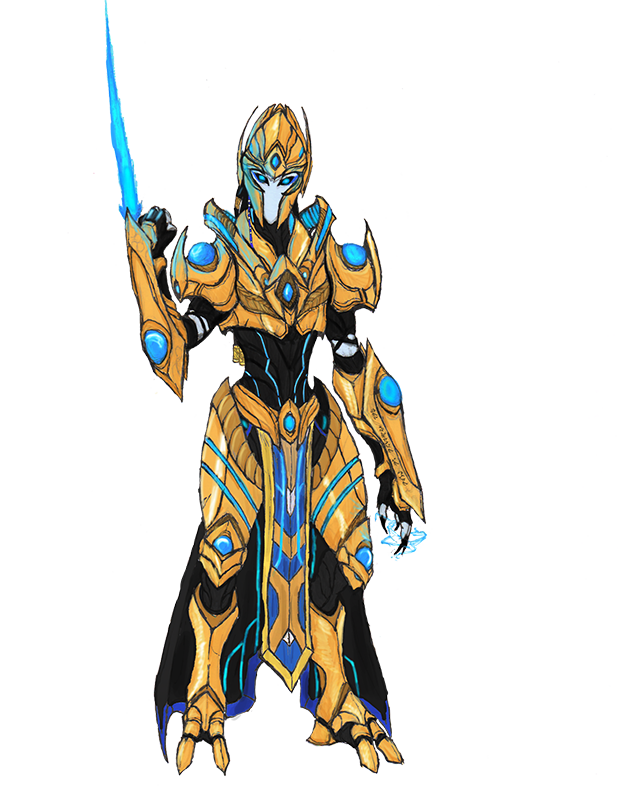
Challenges for Game AI
Game AI features and limits
- real-time
- limited resources
- incomplete knowledge
- planning
- learning
- acceleration (strategies)
Game AI properties
- predictability and unpredictability (surprise elements)
- support - communication between NPC and the player
- surprise - harassment, ambush, team support,...
- winning well and losing well
- cheating - acceptable as long as it doesn't get detected by the player
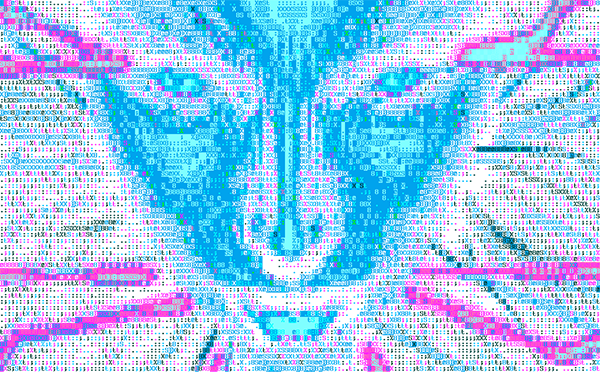
The AI must be fun to play against, not beat the player easily
Rules for Good Game AI
- Good AI lets the player cheat
- e.g., combat chess system in Doom - only a handful of demons is pursuing the player
- Good AI tells the player what it is thinking
- e.g., patrolling units saying "Someone is over there!"
- Good AI is predictable
- e.g. mobs who are pursuing the player across the map
- Good AI can interact with the game system
- picking up weapons, opening doors
- Good AI has its own goals
- it doesn't just "spawn" for the sake of the player
- Good AI isn't just about enemies
- worst example: Oblivion NPCs
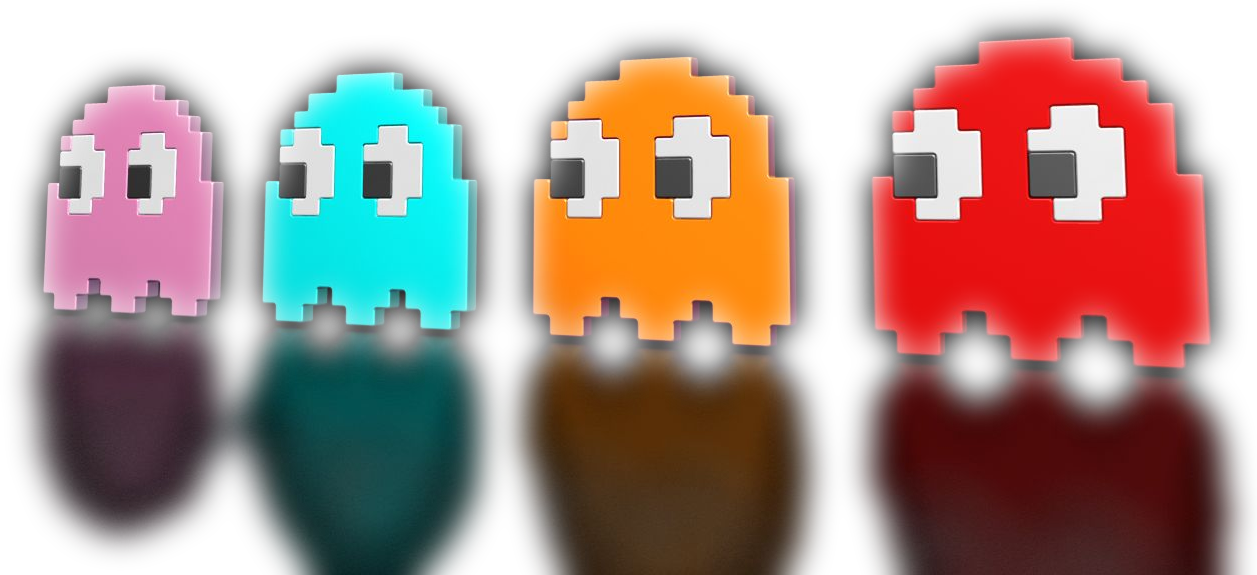
AI for mobs
Scripting
- IF-THIS-THEN-THAT
- AI behavior is completely hardcoded
- simple, easy to debug, easy to extend
- human player should behave as the developers expected
- good scripting behavior must cover a large amount of situations
| 1 | // Doom 2: find player to chase |
| 2 | void A_Look (mobj_t* actor) { |
| 3 | mobj_t* targ; |
| 4 | actor->threshold = 0; // any shot will wake up |
| 5 | targ = actor->subsector->sector->soundtarget; |
| 6 | if (actor->flags & MF_AMBUSH){ |
| 7 | if (P_CheckSight (actor, actor->target)) |
| 8 | goto seeyou; |
| 9 | } else goto seeyou; |
| 10 | |
| 11 | if (!P_LookForPlayers (actor, false)) return; |
| 12 | // go into chase state |
| 13 | seeyou: |
| 14 | P_ChasePlayer(); |
| 15 | } |
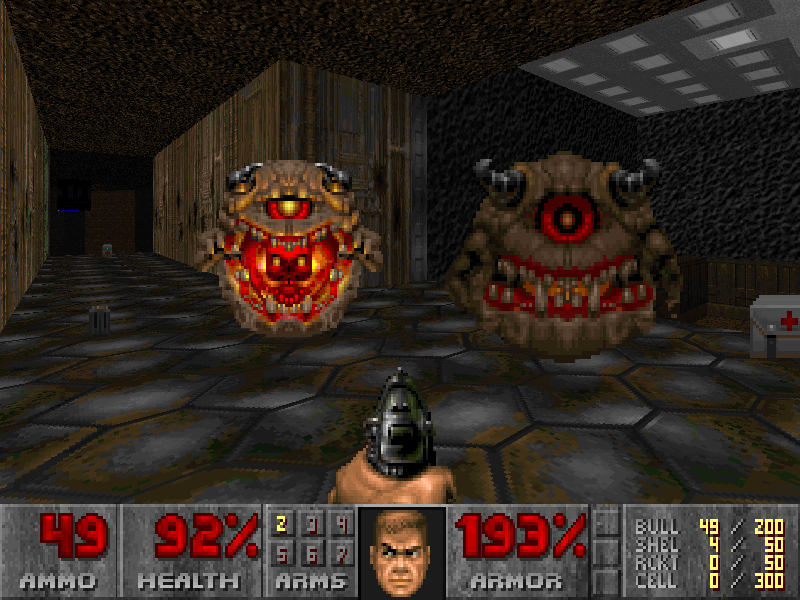
Finite State Machine
- the oldest and most commonly used formalism to model game AIs
- useful for entities with a small set of distinct states
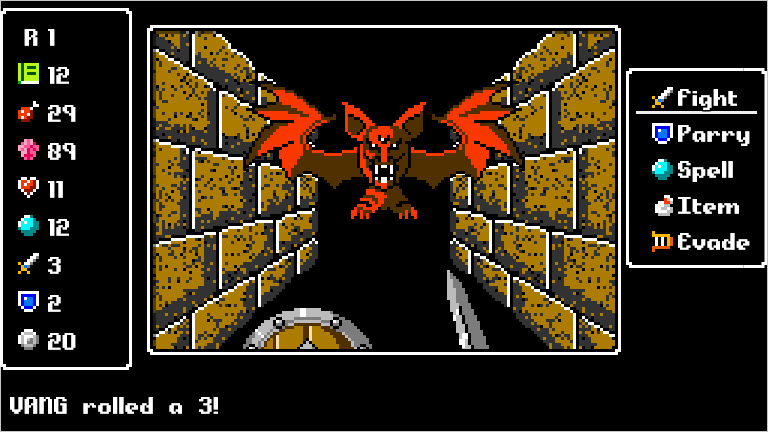
- each entity can be in exactly one of a finite number of states at any time
- Definition
- quadruple:
- is a finite, non-empty set of states
- is a finite set of inputs
- is the state-transition function
- is an initial state,
- can be implemented via polymorphism or a state transition table
- unmanageable for large complex systems, leading to transition explosion
Example: Pacman FSM

Example: Pacman transition table
| State | Transition | Condition |
|---|---|---|
| Wander the maze | Chase pacman | Pacman spotted |
| Wander the maze | Flee Pacman | PowerPellet eaten |
| Chase Pacman | Wander the maze | Pacman lost |
| Chase Pacman | Flee Pacman | PowerPellet eaten |
| Flee Pacman | Return to Base | Eaten by Pacman |
| Flee Pacman | Wander the maze | PowerPellet expired |
| Return to Base | Wander the maze | Central base reached |
Example: Doomguard
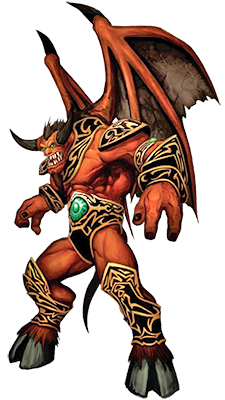
Example: Doomguard
- let's add an ability to fall asleep

Hierarchical state machine
- also known as statecharts
- each state can have a superstate or a set of substates
- groups of states share transitions
- usually implemented as a stack
- push a low-level state on the stack when entered
- pop and move to the next state when finished

Fuzzy logic
- a complementary asset for state machines and scripting
- instead of thresholding, we can blurry out state transitions
- used in Halo 3 for unit control, threat assessment and classification
- other applications: proximity, mood management
Behavior Tree
- tree of hierarchical nodes that control decision making process
- originated from gaming industry since Halo 2 (2004)
- combines elements from both Scripting and HFSMs
- there is no standardized formalization
- depth-first traversal, starting with the root node
- each executed behavior passes back and returns a status
- SUCCESS, FAILURE, RUNNING, (SUSPENDED)
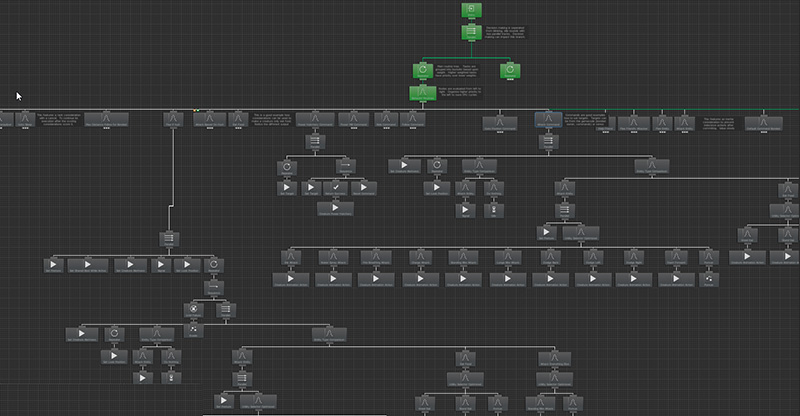
Behavior Tree
| Node Type | Success | Failure | Running |
|---|---|---|---|
| Selector | If one child succeeds | If all children fail | If one child is running |
| Sequence | If all children succeed | If one child fails | If one child is running |
| Decorator | It depends | It depends | It depends |
| Parallel | If N children succeed | If M-N children succeed | If all children are running |
| Action | When completed | Upon an error | During completion |
| Condition | If true | If false | Never |
Example: Unreal Engine BT Editor
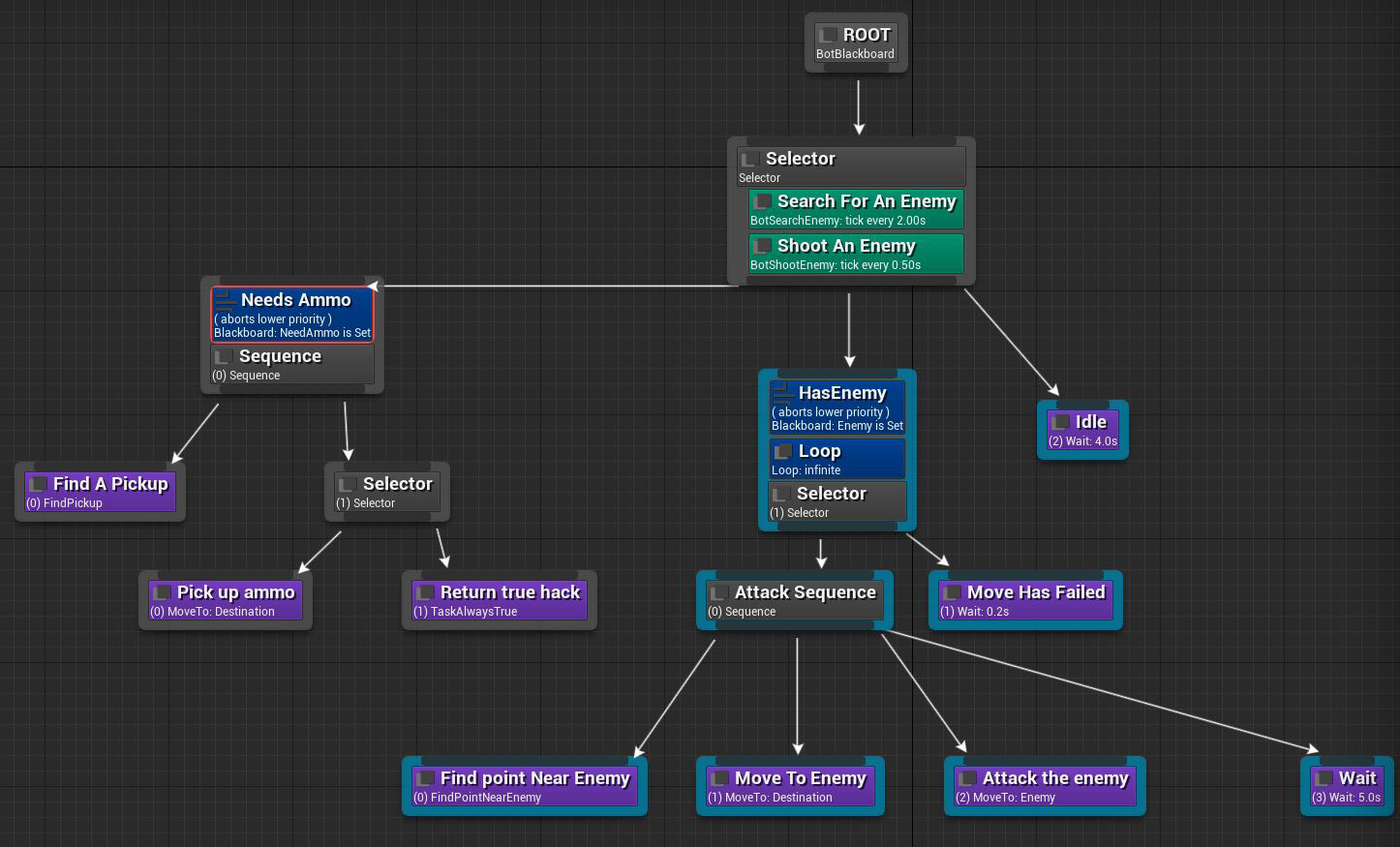
Example: Doomguard
BT Improvements
- we can define a conditional selector in order to simplify the diagram
Example: Locked door
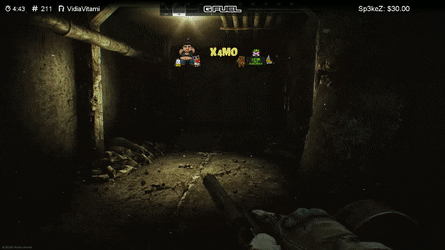
BDI Systems
- Belief-Desire-Intention model
- Beliefs - simplified model state (in sharp contrast with knowledge, beliefs may not be true)
- Desires - motivational states, objectives to accomplish
- Intention - choices, goals to pursue
- Features
- Deliberative - creates a symbolic representation of the game world
- Logic-based - choices are driven by logic calculus, not by heuristic function
- Rational - choices made are in the best interest of agent's desires
- Goal-oriented
- Implementations
- PRS (Procedural Reasoning System)
- GOAP (Goal-oriented action planning)
Goal-Oriented Action Planning
- centers on the idea of goals as desirable world states -> select a goal and attempt to fulfill it
- each action has a set of conditions it can satisfy, as well as a set of preconditions that must be true in order to be satisfied
- implemented for F.E.A.R (2005) and Tomb Raider (2013)
Example: F.E.A.R
- a set of goals is assigned to each mob
- these goals compete for activation, and the AI uses a planner to try to satisfy the highest priority goal
- the AI figures out the dependencies at run-time, based on the goal state and effects of actions
| Soldier | Assassin | Rat |
|---|---|---|
| Attack | Attack | Animate |
| AttackCrouch | InspectDisturbance | Idle |
| SuppressionFire | LookAtDisturbance | GotoNode |
| FlushOutWithGrenade | AttackMeleeUncloaked | |
| AttackFromCover | TraverseBlockedDoor | |
| BlindFireFromCover | AttackFromAmbush | |
| ReloadCovered | AttackLungeUncloaked |
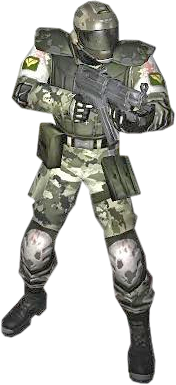
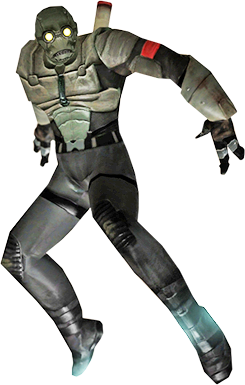
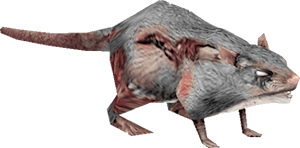
AI for navigation
Predicting opponents
- bots shouldn't know where the player is - partial observations of the game state
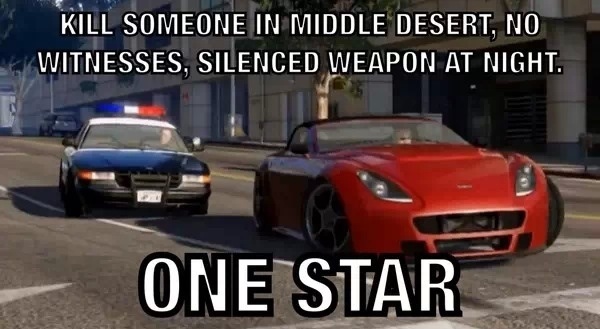
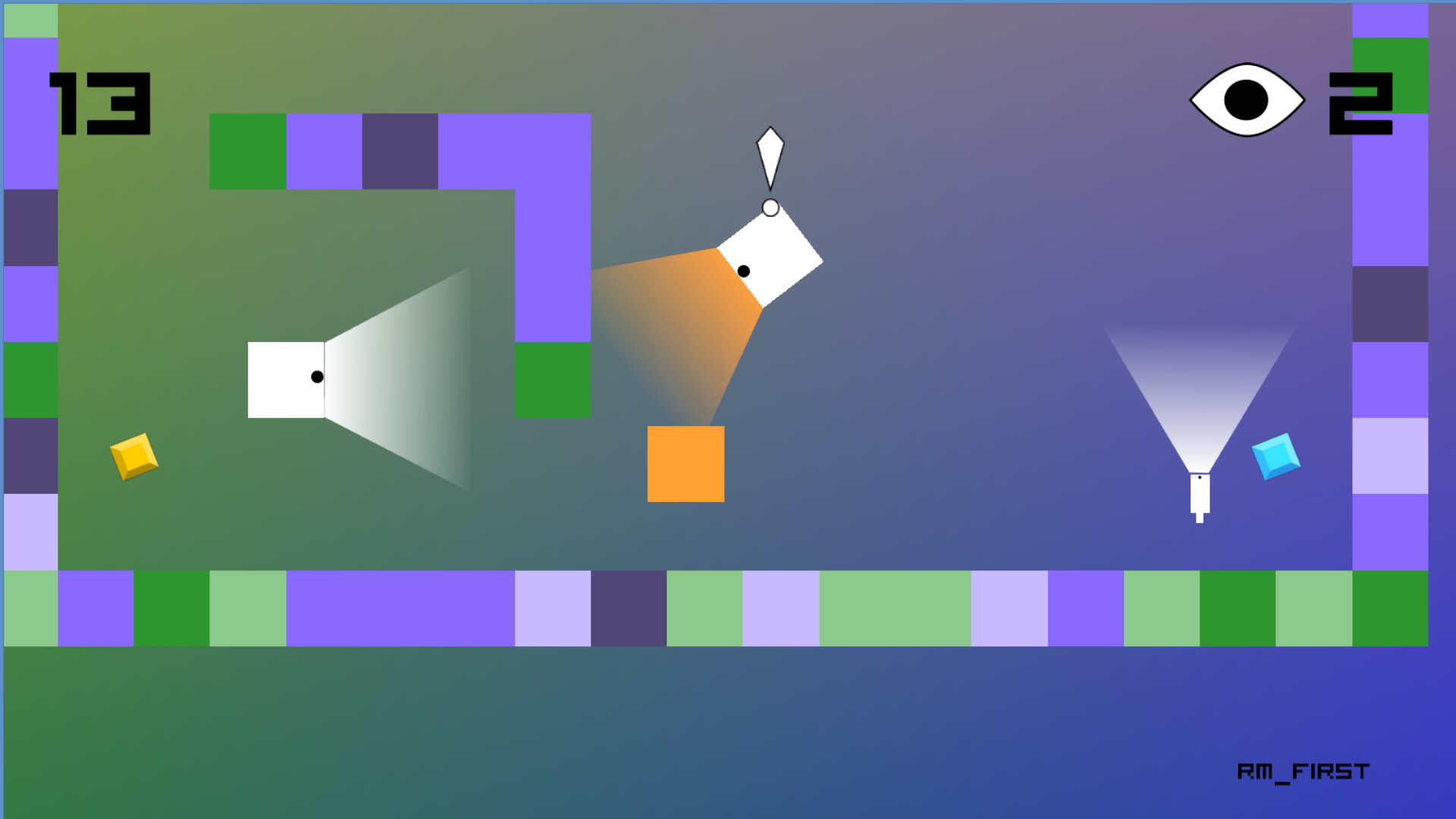
- General methods:
- Hidden semi-markov model
- Particle filters
- Methods for FPS:
- Occupancy map
- SOAR cognitive architecture (used in Quake II)
- Vision Cone (used in Bioshock)
- Influence Spheres (distance-based acknowledgment)
- Methods for strategies:
- Threat map
- Influence map
- Bayesian networks
- Delaunay triangulation
- K-Means clustering
Occupancy map
- a grid over the game environment
- maintains probability for each grid cell
- when the opponent is not visible, the probabilities from the previous occupancy cells are propagated along the edges to neighboring cells
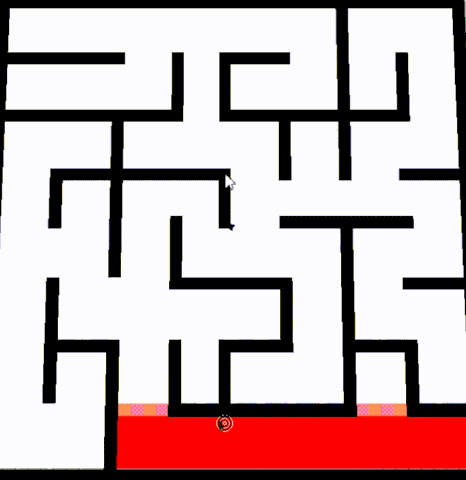
Threat map
- the value at any coordinate is the damage the enemy nearby can inflict
- can be easily integrated into pathfinding
- Example: combat units bypass enemy defensive structure in order to attack their infrastructure
AI in strategies
Real-time strategy
- Real-time strategy is a Bayesian, zero-sum game (Rubinstein, 1994)
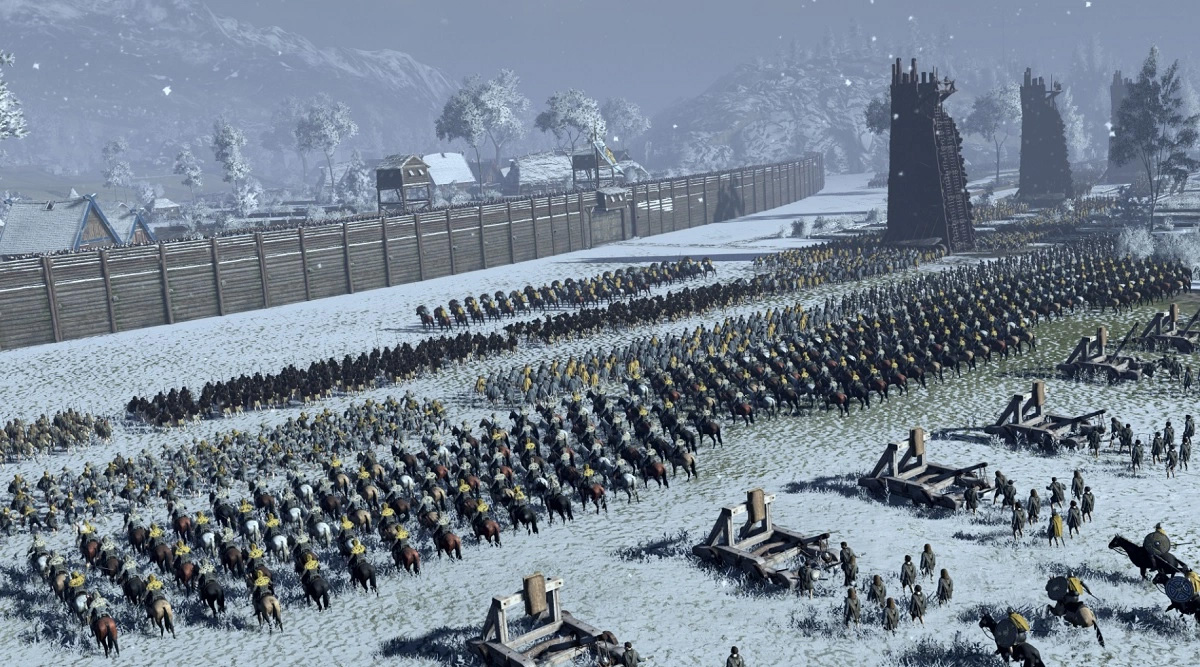
- a game where the player is in control of certain, usually military, assets, with which the player can manipulate in order to achieve victory
- goal: build up a base, gather resources, produce army, destroy the enemy
- methods: layer-based AI, rule-based AI
Main elements
- map, mini-map
- resources
- units and their attributes
- buildings
Other features
- real-time aspect (no turns)
- fog of war
- tech tree
RTS games

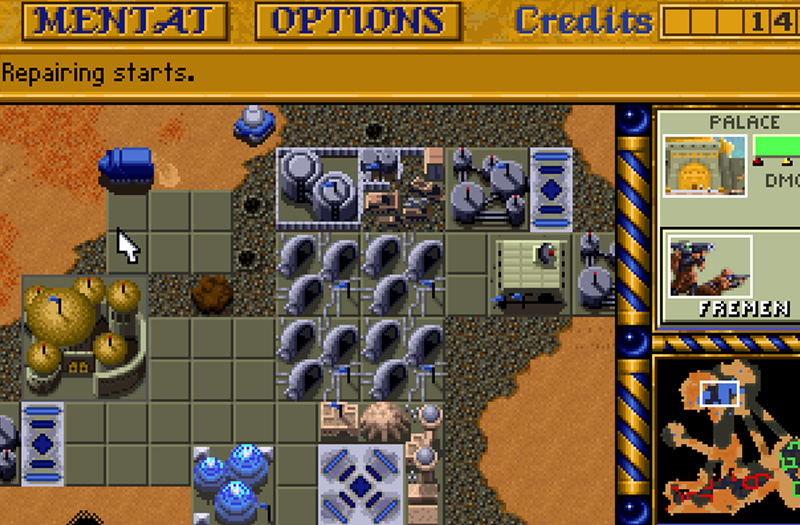
Dune II
1992

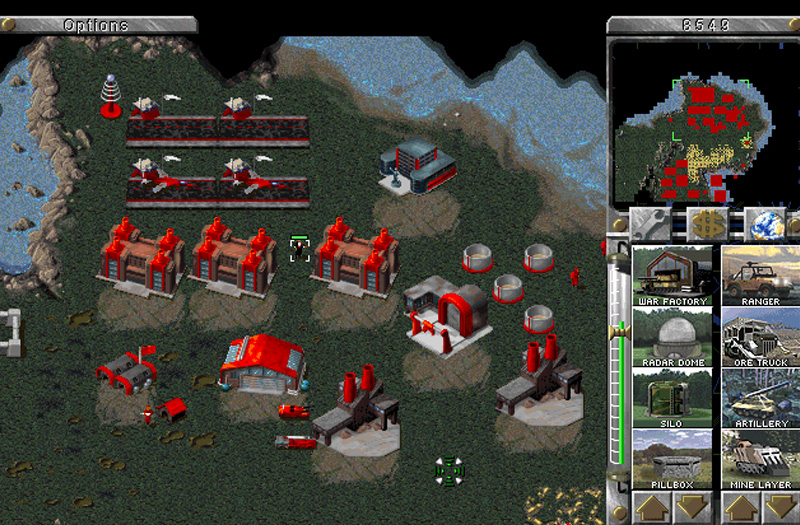
C&C Red Alert
1995

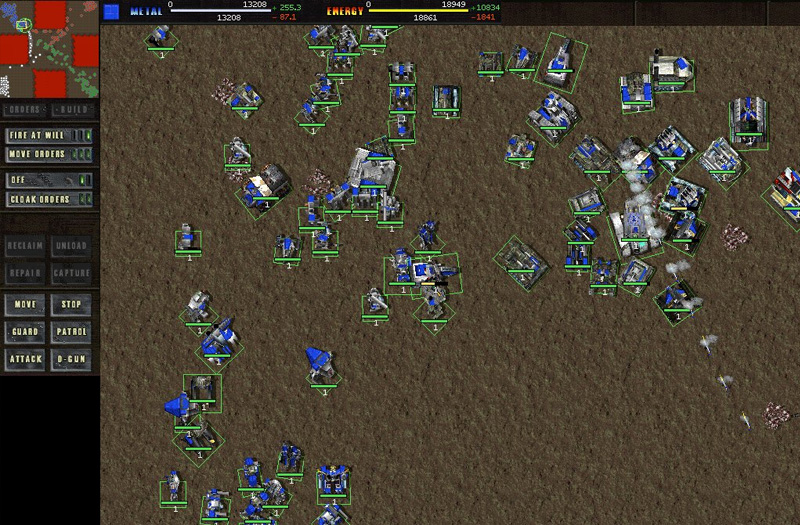
Total Annihilation
1997

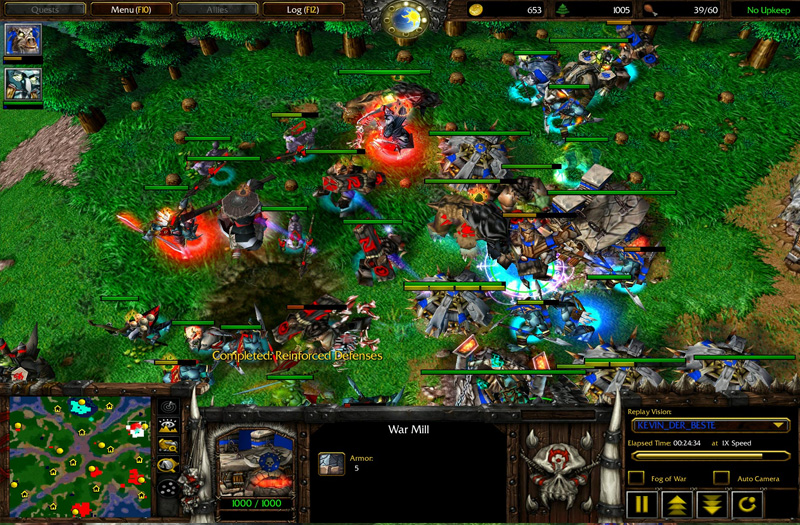
Warcraft 3: Reign of Chaos
2002

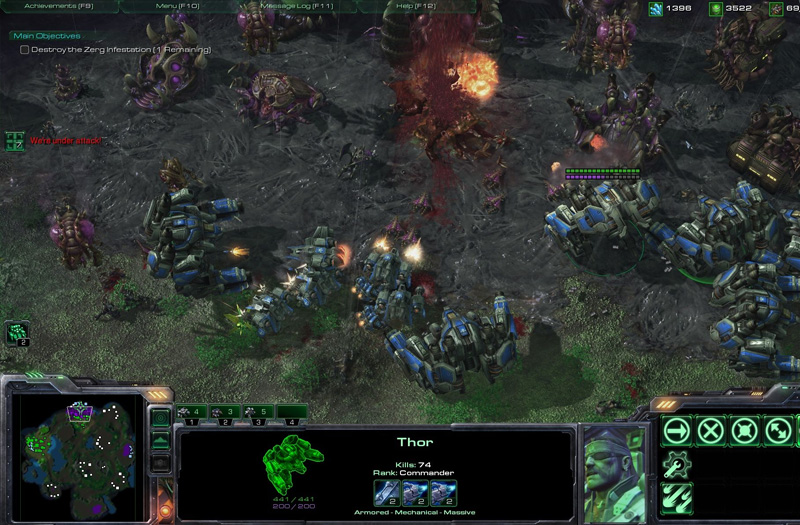
Starcraft II
2010


Ashes of the Singularity
2016
RTS Features
Resource Control
- controlling more resources increases the players' constsruction capabilities
Tech tree
- a directed acyclic graph that contains the whole technological development of a faction
Build order (opening)
- the timing at which the first buildings are constructed

Fog of war
- fog that covers the parts of the map the player has not yet explored
- requires to scout unexplored areas to find enemy sources
Micromanagement
- way of controlling units in detail while they are in combat
Example: Starcraft 2 Tech-tree
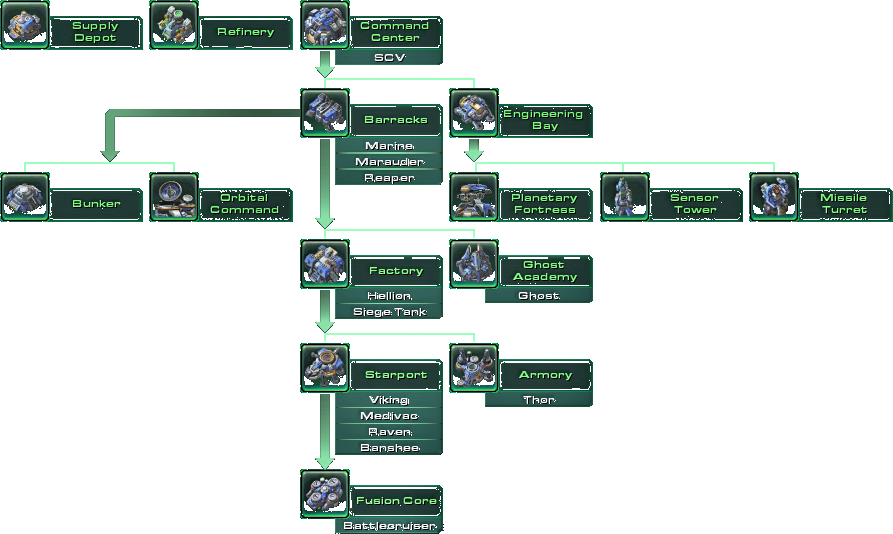
RTS AI Layers
- micromanagement
- tactics (army positions)
- strategy (tech tree)
Layer-based AI
- each layer handles specific task
- decision components consider available information, retrieved by lower components, to make decisions; executors are triggered afterwards
- Sensor - reads the game state
- Analyzer - combines sensing data to form a coherent picture
- Memorizer - stores various types of data (terrain analysis, past decisions,...)
- Decider - a strategic decider, determines goals
- Executor - translates goals into actions
- Coordinator - synchronizes groups of units
- Actuator - executes actions by modifying the game state
Example: Layer-based AI
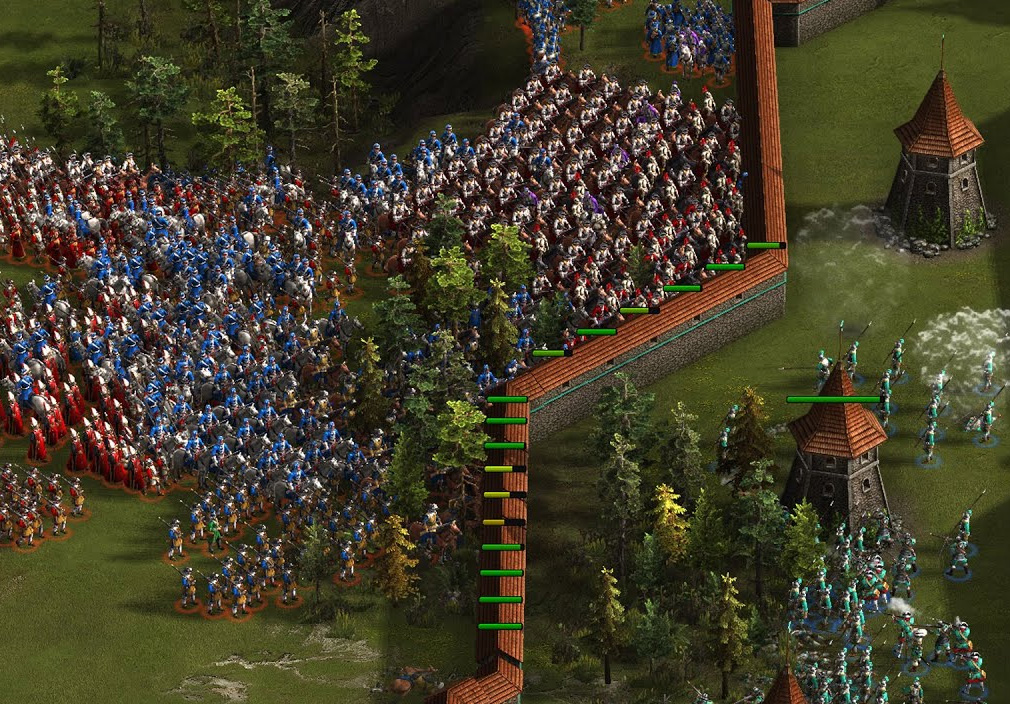
Example: Megaglest
- Open-source 3D RTS (LINK)
- seven factions: tech, magic, egypt, indians, norsemen, persian, romans
- rule-based AI
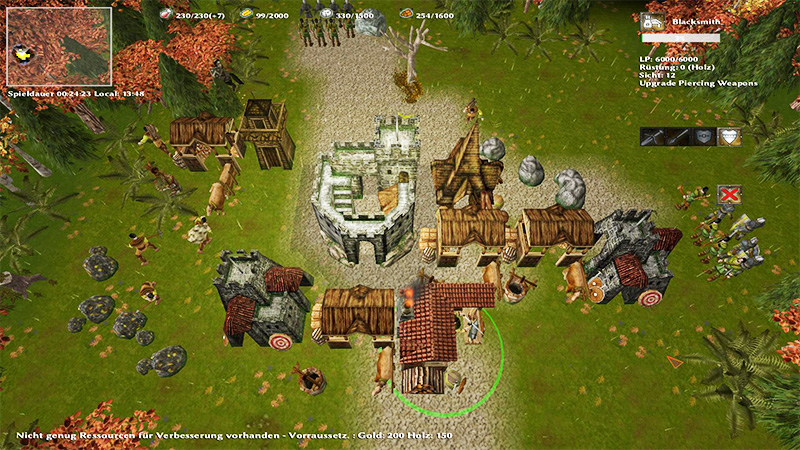
Megaglest architecture
Megaglest rules
| Rule | Condition | Command | Freq [ms] |
|---|---|---|---|
| AiRuleWorkerHarvest | Worker stopped | Order worker to harvest | 2 000 |
| AiRuleRefreshHarvester | Worker reassigned | 20 000 | |
| AiRuleScoutPatrol | Base is stable | Send scout patrol | 10 000 |
| AiRuleRepair | Building Damaged | Repair | 10 000 |
| AiRuleReturnBase | Stopped unit | Order return to base | 5 000 |
| AiRuleMassiveAttack | Enough soldiers | Order massive attack | 1 000 |
| AiRuleAddTasks | Tasks empty | Add tasks | 5 000 |
| AiRuleBuildOneFarm | Not enough farms | Build farm | 10 000 |
| AiRuleResourceProducer | Not enough resources | Build resource producer | 5 000 |
| AiRuleProduce | Performing prod. task | 2 000 | |
| AiRuleBuild | Performing build task | 2 000 | |
| AiRuleUpgrade | Performing upg. task | 30 000 | |
| AiRuleUnBlock | Blocked units | Move surrounding units | 3 000 |
Lecture Summary

- I know what challenges in terms of game AI the developers face
- I know basic AI techniques, such as scripting, FSM, and HFSM
- I know something about behavior trees
- I know the main element and features of RTS
Goodbye Quote
All you had to do was follow the damn train!GTA, San Andreas
